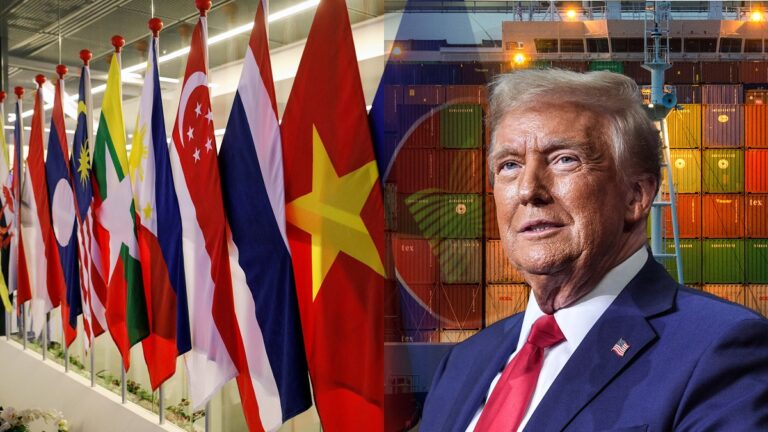How much every American could have if $79,000,000,000,000 was redistributed after top 1% takes trillions from bottom 90%
A RAND economic study reveals that the top 1% has accumulated an astonishing $79 trillion in wealth since 1975, while the bottom 90% of American workers have been left behind. At the same time, President Donald Trump’s April 2, 2025, “Liberation Day” tariff announcement, Intended to “Make America Wealthy Again,” has ignited discussions about economic equity.
The Growing Wealth Gap A 50-Year Trend
The RAND study reveals that $79 trillion has been redistributed to the top 1% over the past five decades, largely due to inflation and stagnant wages for the majority of workers. This disparity translates to $1.58 trillion annually, revealing a stark divide between the working class and the ultra-wealthy.

- 1975: With 79.3 million workers, the bottom 90% missed out on $19,924.38 each.
- 1985: A workforce of 108 million could have gained $14,629.93 per worker.
- 1995: With 129.7 million workers, each lost $12,181.96.
- 2005: A 154.4 million-strong workforce saw $10,233.16 vanish per person.
- 2018: For 156.3 million workers, the figure held at $10,108.77.
Trump’s Tariff Push vs. Sanders’ Critique
On April 2, 2025, Trump unveiled global tariffs to boost jobs and domestic industries, claiming American workers have been “ripped off” for decades. Critics, including Sanders, argue this ignores the real issue: wealth hoarding by the elite. Sanders points to Republican plans for billionaire tax cuts while slashing programs like healthcare and education—policies he calls “morally unjust.”
- Trump’s Plan: Tariffs to revive manufacturing and jobs.

- Sanders’ Warning: Tax breaks for the rich widen the gap further.

What Could Have Been: A Fair Share
If wealth were evenly distributed since 1975, workers would have seen life-changing gains. By 2023, the bottom 90% could have earned an extra $32,000 annually totalling $3.9 trillion according to the study. This lost income reflects a system skewed toward the top 1%, whose real earnings soared while most stagnated.

The Inequality Crisis Today
Sanders calls wealth inequality “profoundly damaging to democracy,” a sentiment echoed by 2011 protests against economic disparity. As Trump pushes tariffs and Republicans eye tax cuts, the debate intensifies: Can America bridge this divide, or will the $79 trillion gap grow wider? The answer may shape the nation’s future.







